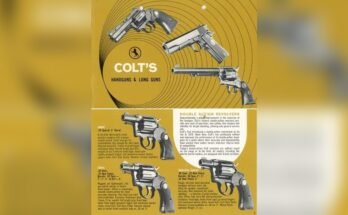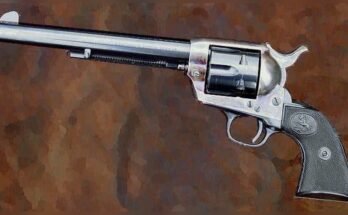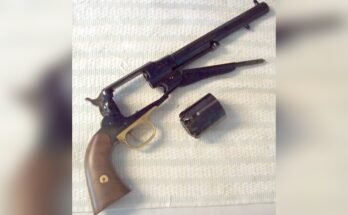Are you curious about how to load a revolver safely and correctly? Whether you’re new to firearms or just want to brush up on your skills, knowing the right steps can make all the difference.
Loading a revolver may seem tricky at first, but once you understand the simple process, it becomes second nature. You’ll discover clear, easy-to-follow instructions that ensure you handle your revolver with confidence and care. Keep reading to learn how to load your revolver the right way—your safety and skill depend on it.
Choosing The Right Revolver
Choosing the right revolver is important before learning how to load it. The right revolver matches your needs and feels comfortable in your hand. It should be easy to handle and reliable. Knowing about different types and calibers helps you pick the best one.
Types Of Revolvers
Revolvers come in several types. Single-action revolvers require you to pull the hammer back before each shot. Double-action revolvers let you pull the trigger to cock and fire in one motion. Some models combine both actions. Each type suits different uses like target shooting or self-defense.
Caliber Considerations
Caliber means the size of the bullet the revolver uses. Common calibers include .22, .38, and .357. Smaller calibers have less recoil and cost less to shoot. Larger calibers offer more power but may be harder to control. Choose a caliber that fits your strength and purpose.
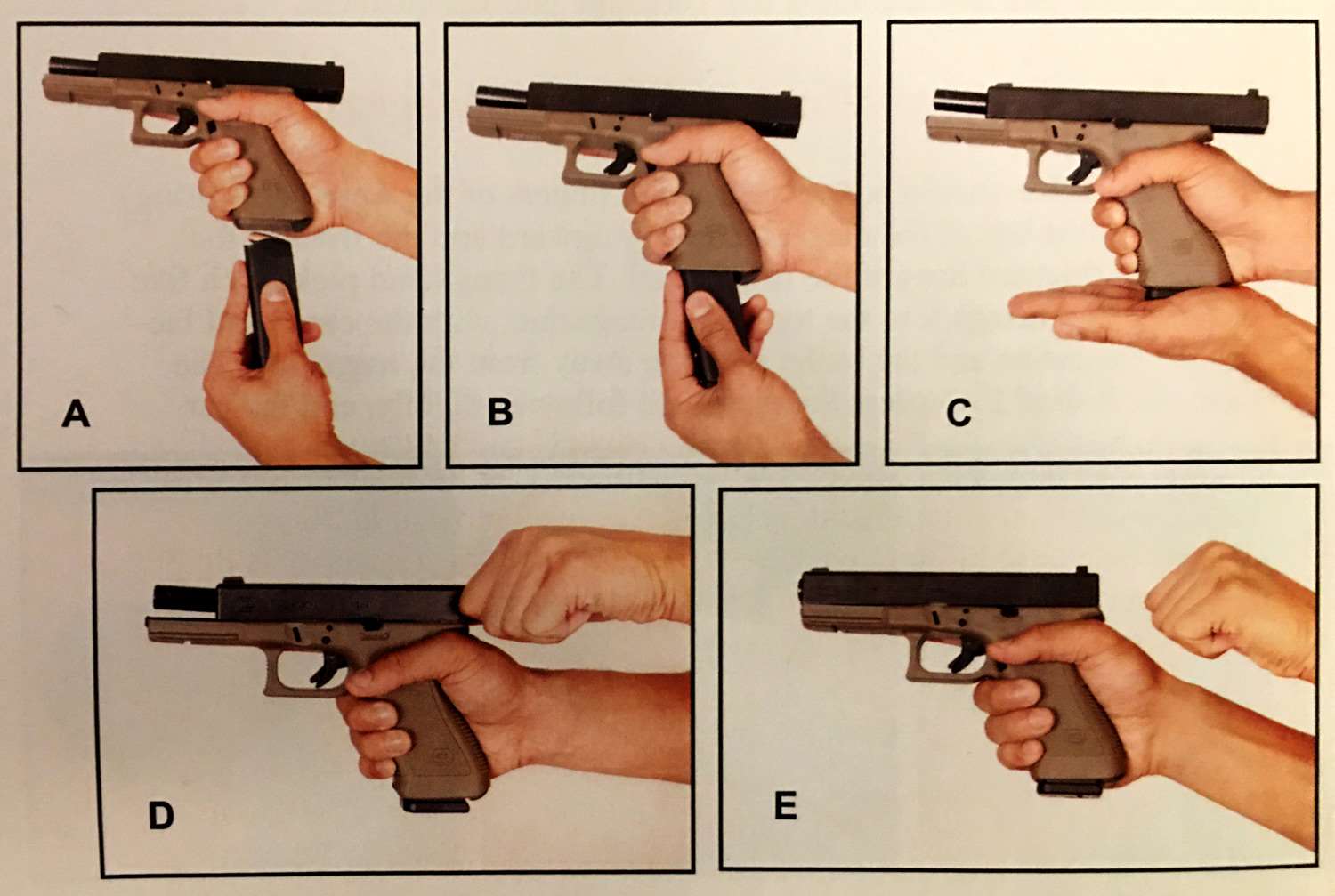
Safety First
Safety is the top priority when loading a revolver. Every step requires care and attention. Mistakes can lead to serious accidents. Always treat the revolver as if it is loaded, even when you believe it is not.
Checking The Chamber
Start by opening the cylinder. Look inside each chamber carefully. Make sure no rounds are already loaded. Use a flashlight if needed to see clearly. Never point the revolver at yourself or others while checking. This step prevents accidental firing.
Handling Precautions
Keep your finger off the trigger until ready to shoot. Hold the revolver firmly but gently. Avoid sudden movements that might cause drops. Load one cartridge at a time, slowly and steadily. Keep the muzzle pointed in a safe direction always.
Gathering Ammunition
Gathering ammunition is the first step in loading a revolver. It is important to have the right rounds ready before starting. Proper ammo ensures the revolver works safely and effectively.
Taking time to check and select ammunition can prevent many problems. It also helps you shoot more accurately and with confidence.
Selecting Proper Rounds
Choose ammunition that matches your revolver’s caliber. Using the wrong size can cause damage or misfires. Most revolvers have the caliber marked on the barrel or frame. Buy rounds from trusted sources only. Avoid old or damaged bullets. Pick standard rounds for practice and self-defense rounds for protection.
Inspecting Cartridges
Look closely at each cartridge before loading. Check for dents, rust, or corrosion on the casing. Avoid cartridges with damaged primers or unusual marks. Make sure the bullet is seated correctly. Dirty or faulty rounds can jam the revolver. Safe shooting starts with clean and sound ammunition.
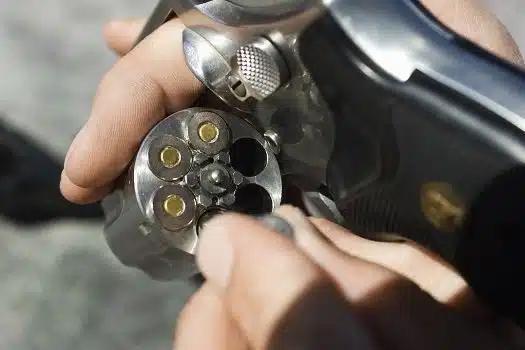
Opening The Cylinder
Opening the cylinder is the first step to load a revolver safely. The cylinder holds the bullets in separate chambers. It must swing out to allow loading and unloading. Knowing how to open it properly is important for safety and ease.
Locating The Release Mechanism
Every revolver has a release mechanism to open the cylinder. It is usually a small lever or button near the back of the cylinder. Some models have a latch on the left side of the frame. Find this part before trying to open the cylinder.
Press or slide the release gently. Do not force it. This action unlocks the cylinder from the frame. Once unlocked, the cylinder can move freely.
Swinging Out The Cylinder
After unlocking, push the cylinder outward. It swings away from the revolver’s barrel. Hold the gun firmly with one hand. Use the other hand to pull the cylinder open.
Open the cylinder fully to see all chambers. Now you can load or unload bullets safely. Close the cylinder by swinging it back until it locks in place.
Loading The Rounds
Loading the rounds into a revolver is a key step in preparing it for use. This process requires care and attention to keep everything working smoothly. Proper loading helps the revolver fire safely and reliably.
Each round must be placed correctly in the cylinder chambers. This ensures the gun operates without issues and avoids jams or misfires. Let’s explore how to load rounds properly.
Inserting Cartridges One By One
Start by opening the cylinder of the revolver. Hold the cartridge firmly by the base. Insert each cartridge into a chamber slowly and carefully. Push the cartridge straight into the chamber until it stops. Repeat this for every chamber you want to load. Take your time to avoid dropping any rounds.
Ensuring Proper Seating
Check if each cartridge sits fully inside the chamber. The base of the cartridge should be flush with the cylinder face. Lightly press on each round to confirm it is secure. Proper seating prevents the cartridge from sticking out. Misaligned rounds can cause the revolver to jam or misfire.

Closing The Cylinder
Closing the cylinder is an important step in loading a revolver. It keeps the bullets in place and prepares the gun for use. Careful handling here ensures safety and proper function.
Swinging The Cylinder Back
Hold the revolver firmly but gently. Slowly move the cylinder back toward the frame. Make sure the cylinder aligns with the barrel. Avoid forcing it, as this can cause damage. The cylinder should swing smoothly into position.
Confirming Secure Lock
After the cylinder is in place, check if it locks securely. Press the cylinder gently to feel resistance. The lock prevents it from moving during firing. A loose cylinder can be dangerous. Ensure it clicks or fits tightly before continuing.
Performing A Final Safety Check
Performing a final safety check is a key step before handling a revolver. It ensures the gun is safe to use and helps prevent accidents. This step takes just a moment but can save lives. Always treat the gun as if it is loaded until you confirm otherwise.
Safety checks include looking inside the chambers and practicing dry firing. These actions help you become familiar with your revolver’s condition and operation. Take your time and do not rush this process.
Checking For Obstructions
Start by opening the cylinder to inspect each chamber. Look carefully for any dirt, debris, or objects inside. An obstruction can cause serious damage when firing. Use a flashlight if needed to see clearly. Make sure all chambers are clean and clear before loading.
Also, check the barrel for any blockage. Even a small object can cause dangerous pressure. Look through the barrel from the rear to the front. Never point the gun at yourself or others while doing this. Clear any obstructions before proceeding.
Dry Firing Practice
Dry firing means pulling the trigger without bullets in the chambers. This helps you check the trigger and hammer function safely. It also builds your confidence with the gun’s handling. Always ensure the revolver is unloaded before dry firing.
Place the revolver in a safe direction. Pull the trigger smoothly and listen for a clean click. The hammer should fall without any issues. Repeat this a few times to confirm the gun works correctly. Dry firing helps you spot mechanical problems early.
Common Mistakes To Avoid
Loading a revolver may seem simple, but many make mistakes that cause problems. These errors affect safety and the gun’s function. Avoiding common mistakes keeps you safe and your revolver working well.
Overloading
Putting too many bullets in the cylinder is dangerous. It can cause the gun to jam or misfire. Always load the correct number of rounds for your revolver model. Check your owner’s manual for the exact limit. Overloading puts pressure on the parts and can lead to damage.
Ignoring Safety Protocols
Skipping safety rules risks injury or worse. Always point the gun in a safe direction. Keep your finger off the trigger while loading. Make sure the revolver is unloaded before handling. Wear eye protection to avoid harm from debris. Follow these steps every time without fail.
Maintenance Tips After Loading
After loading a revolver, proper maintenance is key. It keeps the gun safe and ready to use. Simple care steps help avoid problems later. These tips protect your revolver and extend its life.
Cleaning The Cylinder
The cylinder holds the bullets. Dirt and powder can build up there. Clean it after every use. Use a soft brush and a cloth. Remove all residue from each chamber. This stops jams and keeps the revolver working well.
Use a cleaning solvent made for guns. Let it sit a few minutes. Then wipe it clean. Avoid harsh chemicals that can damage the metal. Always dry the cylinder fully before closing it.
Storing The Revolver Safely
Store your revolver in a dry, cool place. Moisture causes rust and damage. Use a gun case or safe. Keep it locked away from children and others. Never store your gun loaded for long.
Regularly check the revolver even when stored. Look for any signs of rust or wear. Proper storage keeps your revolver ready and secure.
Frequently Asked Questions
How Do You Safely Load A Revolver?
To load a revolver safely, first ensure it is unloaded. Open the cylinder, insert cartridges into each chamber, then close the cylinder firmly. Always point the muzzle in a safe direction and keep your finger off the trigger during loading.
What Is The Best Way To Load A Revolver Quickly?
The fastest method is the speed loader. It holds multiple rounds together for quick insertion into the cylinder. Align the cartridges with the chambers and release them simultaneously. This saves time compared to loading each round individually.
Can You Load A Revolver Partially?
Yes, you can load fewer rounds if desired. Simply insert the number of cartridges you want into the chambers. Leaving some chambers empty reduces weight but lowers capacity. Partial loading is common for safety or legal reasons.
Should You Cock The Hammer Before Loading A Revolver?
No, do not cock the hammer before loading. Keep the hammer down to avoid accidental discharge. Cocking the hammer is only necessary when preparing to fire. Always handle the revolver with care and follow safety protocols.
Conclusion
Loading a revolver is simple once you know the steps. Always keep safety as your top priority. Handle the gun with care and stay focused. Practice regularly to build confidence and skill. Understanding your revolver helps you load it faster.
Remember, safe habits protect you and others. Keep your firearm clean and check it often. Stay calm and take your time while loading. Now you are ready to load a revolver safely.

